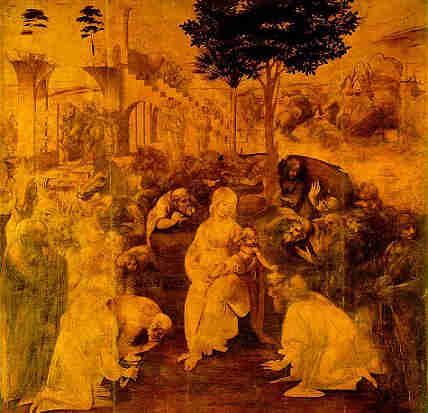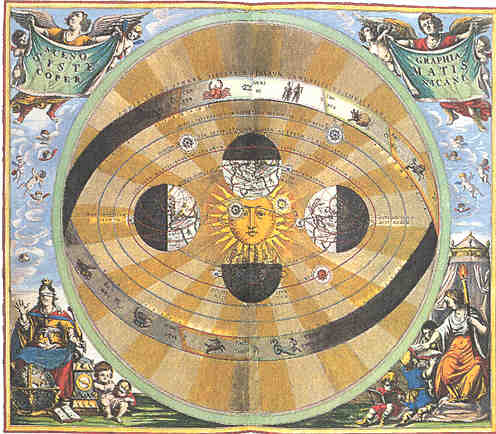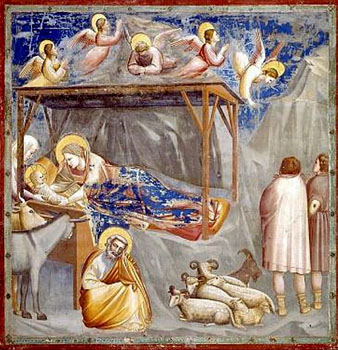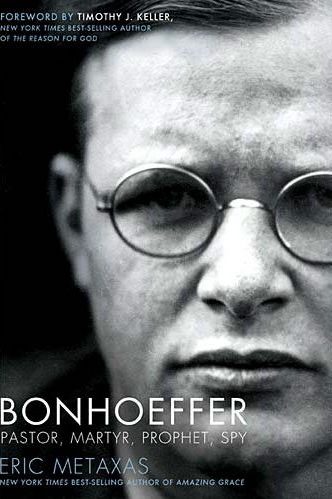
Dear Family & Friends,
Recently, I posted the lyrics to the hymn, “Veni, Veni Emmanuel.” It is one of my favorite hymns, not only for the achingly beautiful tune but also for the depth of meaning of the text. For, if hymns are “theology set to music,” then we should consider only those hymns that are informed by rich, deep, solid, orthodox, classic, creedal, ancient Trinitarian theology.
Scripture must inform the hymns, certainly. However, some hymns go a step further: They encapsulate a view of Scripture that sees the “Big Picture:” They carefully and faithfully encompass a composite view of a topic, skillfully pulling together essential Scriptures and subsuming them under the great themes of Scripture, from Genesis to Revelation. [This is “systematic theology.”]
The hymn below, from a poem by Richard Wilbur, is a particularly fine example.
During Advent, read, study, meditate on the two hymns: Veni, Veni Emmanuel and A Christmas Hymn. Critique how the authors use the compositions to masterfully enlarge our view of Advent. They each give us “vision tools” to understand what I call the “Veiled Crux” of Advent.
We are too easily satisfied with a kaleidoscope, through which to view Advent: lots of bright and shiny fragments of color collide, displaying a different pattern every time we shake and turn the cylinder. Although the patterns are entertaining, we can see no further than the end of the cylinder.
These two hymns, instead, give us the clarity of a long-range telescope, through which to view the “Grand Drama of Redemption.”

Ancient navigators called the Southern Star the “Crux.” With celestial navigation, travelers must focus on one bright star [either the Southern Star or the Northern Star] because they are unchanging–immovable. I am attempting here, through this series of Advent Lessons, to offer us reliable tools with which to navigate Advent.
I cannot specify what decisions to make, as regards ordering personal time and space. I can, however, challenge us “modern navigators” to consider the tools with which we have previously been viewing Advent. Some of us have used a magnifying glass: We have focused on the minute details of the Season of Advent, we are overwhelmed, and we have lost sight of the “Big Picture.”
It is time to use new tools to travel! I advise the use of a Compass and a Map, with which to navigate. Chart your course and do not deviate. Do not get distracted by “bright and shiny things.” Lift up your head and look up to the vast skies: Locate the North Star, the Polar Star and travel under it’s authoritative guidance. Do not lose sight of the “Big Picture.”
Here are some questions to ponder:
- How do these hymns unveil the “Crux of Advent:”
- What is the Crux [the focal point, the center, the most important element] of Advent?
- What significant historical events do these hymns review for us?
- Veni, Veni, Emmanuel: What is the significance of Israel’s history of salvation?
- What does Wilbur mean: “the worlds are reconciled?”
Coram Deo,
Margot
A Christmas Hymn
Words: Richard Wilbur [born 1921]
Music: Andujar, David Hurd [born 1950]
And some of the Pharisees from among the multitude said unto him, “Master, rebuke the disciples.”
And he answered and said unto them, “I tell you that, if these should hold their peace, the stones would immediately cry out.”
~Luke19:39-40
A stable-lamp is lighted
Whose glow shall wake the sky;
The stars shall bend their voices,
And every stone shall cry.
And every stone shall cry,
And straw like gold shall shine;
A barn shall harbor heaven,
A stall become a shrine.
This child through David’s city
Shall ride in triumph by;
The palm shall strew its branches,
And every stone shall cry.
And every stone shall cry,
Though heavy, dull and dumb,
And lie within the roadway
To pave his kingdom come.
Yet he shall be forsaken,
And yielded up to die;
The sky shall groan and darken,
And every stone shall cry.
And every stone shall cry,
For stony hearts of men:
God’s blood upon the spearhead,
God’s love refused again.
But now, as at the ending,
The low is lifted high;
The stars shall bend their voices,
And every stone shall cry.
And every stone shall cry,
In praises of the Child
By whose descent among us
The worlds are reconciled.
[Richard Wilbur, born 1921, is an American poet and literary translator. He was appointed the second Poet Laureate Consultant in Poetry to the Library of Congress in 1987. He twice received the Pulitzer Prize for Poetry: 1957 and 1989.]

















































